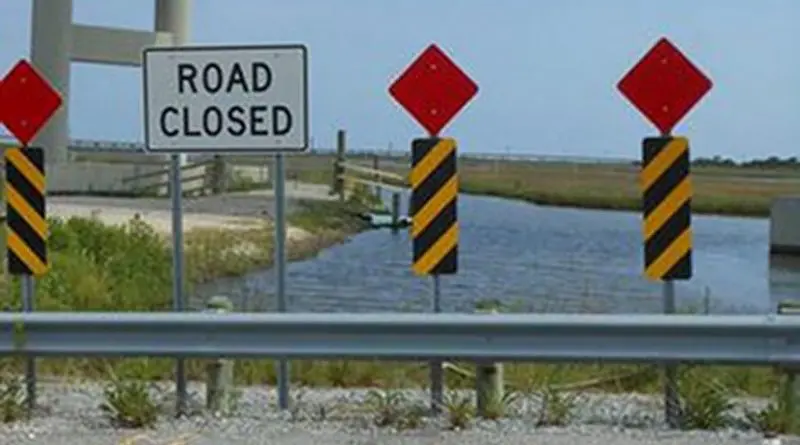Mississippi River Diversions Will Produce New Land, But More Slowly Than Shoreline Is Lost
The best solution to sustaining portions of the Mississippi Delta may be river diversions that bring sediment to shrinking coastlines. However, a new study concludes that the rate of land-building will likely be dwarfed by the rate of wetland loss.
“Scientists studied how fast the Mississippi River Delta grew each year before people inhabited the area and began changing the environment,” said Justin Lawrence, a program director in the National Science Foundation’s Division of Earth Sciences, which funded the project.
“The researchers then compared that information with observations of how fast the delta is shrinking in modern times, and the results are striking. The findings will inform coastal policy and management in this low-lying U.S. region.”
The study results, published in the journal Science Advances, used optical dating to measure how fast the delta shoreline migrated seaward under natural conditions.
“Optical dating determines when sediment grains were deposited by measuring their last exposure to daylight,” said Elizabeth Chamberlain of Vanderbilt University, the paper’s lead author. “This method allowed us to date the shoreline of the Lafourche lobe of the central Mississippi Delta.”
Prior to human influence, the delta grew at a rate of 2 to 3 square miles per year. But over the past century, the rate of land loss in coastal Louisiana has averaged 15 to 20 square miles per year.
Geologist Torbjörn Törnqvist of Tulane University, a co-author of the study, said that given accelerating rates of sea level rise, losses will likely continue long into the future, and that even the best-designed river diversions won’t be able to prevent more land loss. “Therefore, difficult choices will have to be made about where to locate these diversions.”
The only viable option, Törnqvist believes, is to position river diversions in areas that have the greatest potential to build land and protect the largest population centers, as opposed to placing multiple diversions along the entire shoreline.

